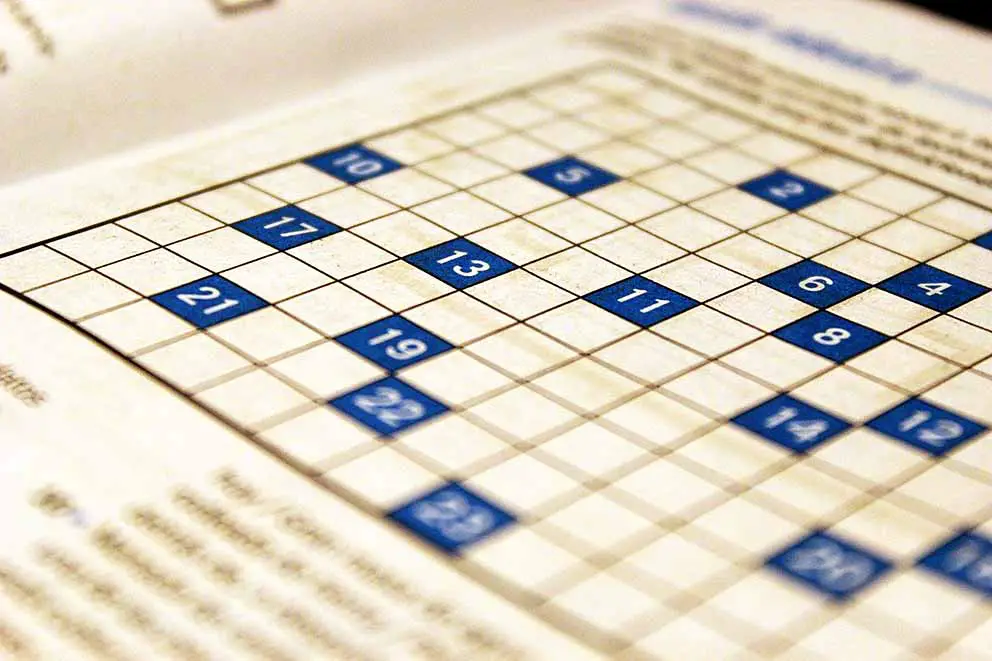Language learning games are great for studying a foreign language because at first, you think you’re just having fun. Then, you realize you’ve actually learned something without even knowing it. A good teacher is fully aware of this fact and will use them in the classroom to increase retention and banish boredom. These games are great ways to teach a second language.
So we sacrificed ourselves and played for many hours. Just for the sake of science, of course. You can read about our findings below.
Foreign Language Learning Games
Charades / Pictionary
Both of these games are competitive and played between two teams of equal sizes. Each team has one person that will either act out (Charades) or draw (Pictionary). The rest of the team will guess. The person who is acting out/drawing will draw a word from the pool of vocabulary words. The team then has 45 seconds to guess what is being acted out or drawn.
Charades is quite effective for teaching verbs such as jumping, dancing, running, swimming, shouting, catching, and eating. On the other hand, Pictionary is effective for teaching nouns, since objects are a lot easier to draw.
Bring Me
Think back to when you were a kid helping mom in the kitchen. She would ask you to hand her all kinds of kitchen implements when you had no clue what you were looking for. You would bring her a “spatula” when she asked for a “ladle.”
Well, in this game, you’re the mom and you’re going to ask your students to bring you various objects. This is not a team game, it’s everyone for himself. This is a great game for learning nouns, objects that can be found within the environment.
If they bring you the wrong thing, don’t just say “No, that’s not right,” take the time to explain the difference between what you asked for and what they brought.
Translate-a-thon
Again, this is one of the language learning games that can be played on an individual basis. It is a translation exercise where you provide your students with lyrics of a popular song in the target language. The object of this game is for them to translate as many words as they can.
You can change things up by having them only translate certain parts of speech: adjectives, nouns, or verbs. You might also consider giving them the lyrics in English and having them translate to the target language.
Give them 15 minutes to complete this exercise. Then, have them exchange papers and grade them as a class. After you provide the correct translations, explain the song and if there’s a story that goes with it, tell the story. This will give them context to help anchor the vocabular words in their memory.

Post It!
This activity helps students become more familiar with nouns by associating them with the objects they name. Depending on the number of students in the class, prepare some nouns and write each one on a separate slip of paper. Then, fold the slips and put them in a bowl/container. Make sure that all of the words you choose are in the immediate area and visible. If they’re not, bring some of them to the classroom and set them on the table. If you want to make it more challenging, place additional objects on the table that don’t have a slip of paper that matches them.
This is also an individual game. A student will draw a slip from the bowl and have 15 seconds to determine which object the word belongs to. If they don’t get it correct, the next classmate is given an opportunity.
If they do successfully match the word to the object, you should take the object and show it to the class. Then, give them a quick vocab lesson.
Scavenger Hunt
Scavenger Hunt can be done with teams or individually. You will probably want to save this as an outdoor activity because you’re just asking for trouble if you have a scavenger hunt in your classroom.
Provide the class with a list of 10 to 15 things to find. Of course, you’ll want to include things that they can easily find as well as things that are more challenging. You can have them physically collect objects (if possible), write a list, take a picture or draw a picture once they do find them.
Again, make some of the objects more challenging so that your students are more likely to remember them. Also consider including adjectives; instead of having them find a flower, make it a red flower. Of course, you’ll want to give them the words in the language that you are teaching them.
Give them a set amount of time to find the objects, then call them all back to a designated meeting spot. The student/group with the most objects will be your winner.
Simon Says
You can use Simon Says to teach adjectives, nouns, and verbs. You are Simon and the game has 2 rules: If the phrase begins with Simon Says, the class should obey the command. If the phrase does not begin with Simon Says, the class should not obey the command. Sounds pretty simple, but try it in a foreign language.
You can do this with the whole class or you can divide the class into 2 teams and have each team send a representative forward at the beginning of the game. Start giving commands. If a “Simon Says” command is not obeyed or if a student does do something that “Simon didn’t say,” they have to sit down, and another representative comes up. Keep going like this and the first team to run out of players is out of the game and the other team is declared the winners.
As you can see, there are lots of fun ways that you can engage your students and help them to have fun with these language learning games. At first, they’ll just think that they’re playing around- but then before they know it, they’ll be able to have a conversation in a foreign language.




